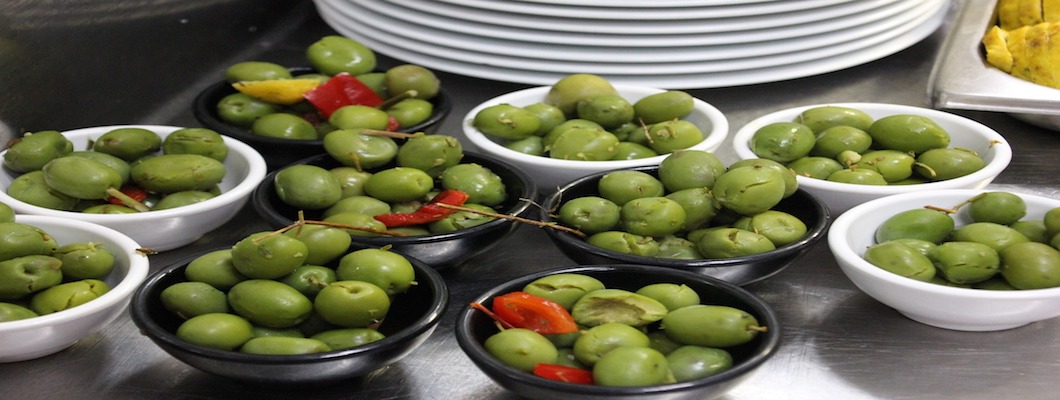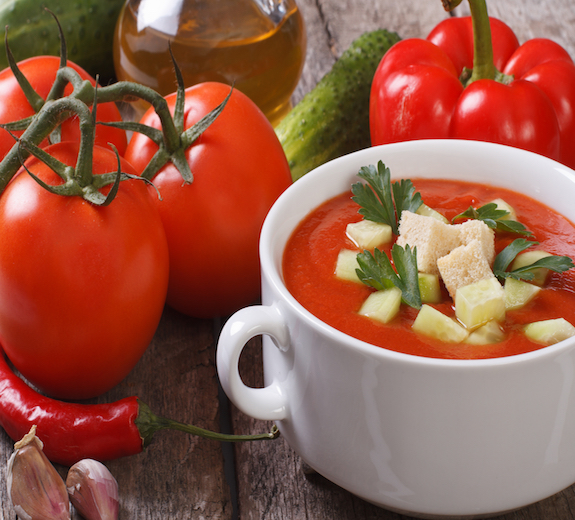Spanish snacks-Tapas
 Tapas are snacks, small delicious bites of food served at Tapas Bars and restaurants all over Spain. Inexpensive and with marvellous variety, Tapas are a good way to sample Spanish dishes without over filling your stomach or over emptying your pockets.
Tapas are snacks, small delicious bites of food served at Tapas Bars and restaurants all over Spain. Inexpensive and with marvellous variety, Tapas are a good way to sample Spanish dishes without over filling your stomach or over emptying your pockets.
It is said that Tapas were created for the first time when the ailing King of Spain, Alfonso the 10th, was advised by his physicians that a cure would be found if instead of drinking wine by itself, between meals, he consumed a morsel of food with it. When the King had recovered from his illness, he wished to save the general populace from suffering in the same way and declared that from that time onwards, no alcohol could be served in the inns and taverns of Castile unless food was served with it.
Apart from the legend, there were purely practical reasons for the tradition of Tapas too. Farmers and labourers in rural Spain found Tapas a welcome addition to their work day, in that it gave them the energy to enable them to continue working throughout the day.
Historically, wine was served with Tapas in winter to keep the body heated and ward off illness. In taverns, wine was served with a piece of bread with a topping of cheese or ham balanced on the mouth of the glass, to cover the wine and also to lessen the effects of the alcohol by absorbing it in the stomach. Wine is still the favoured accompaniment today but depending on the region and the season, sherry or cider might also be served with Tapas.
In summer, the drink often taken with Tapas in the hot regions of Southern Spain is gazpacho, a cold soup made primarily of tomatoes that is cooling and refreshing.
Like the alcohol served with the Tapas, the Tapas itself can vary greatly from region to region and recipes have developed and changed throughout history. In medieval times, widespread poverty meant that the main ingredient of Tapas was bread, a cheap and readily available staple. Olives were also favoured whole or in a paste on bread, being plentiful all over Spain.
In wealthier times and today, meat (ham or sausage, smoked or fresh), fish and seafood (fried whitebait or calamari), dairy products (Spanish cheeses) and eggs (tortilla) are common constituents of Tapas. Vegetables are also important. Green beans in a garlicky tomato sauce are popular as are fried aubergine and potatoes.
Tapas have endured throughout the ages thanks to their combination of convenience, practicality and of course, their delicious taste.
Photo Credit:Shutterstock Pixabay
